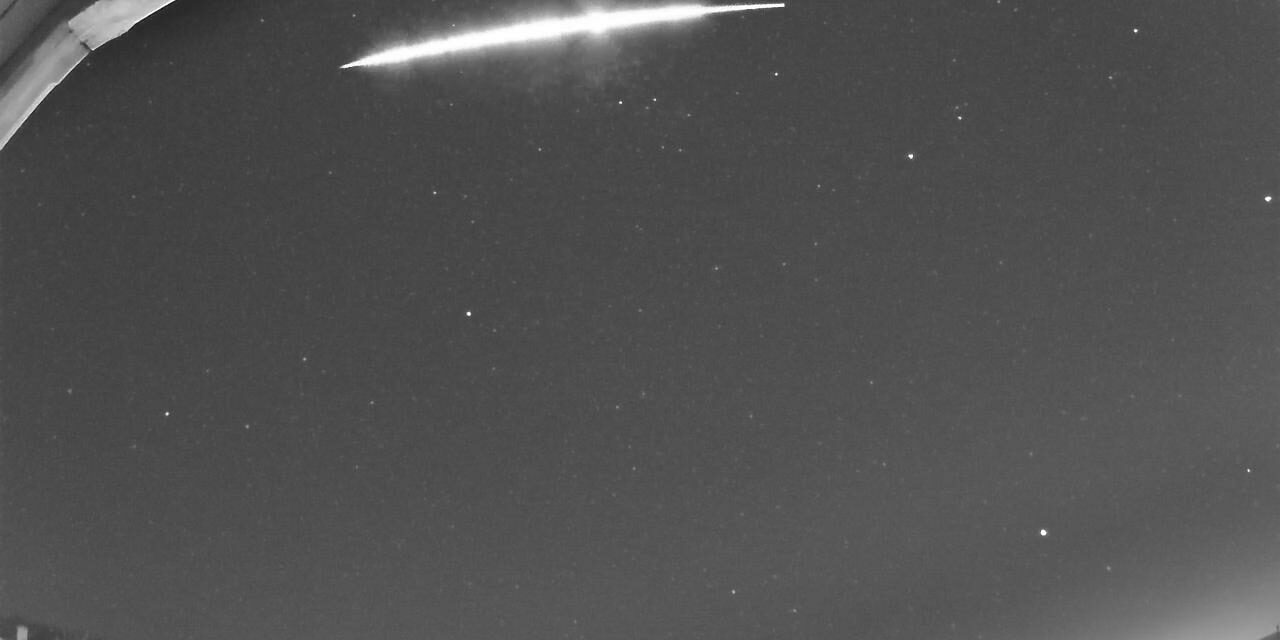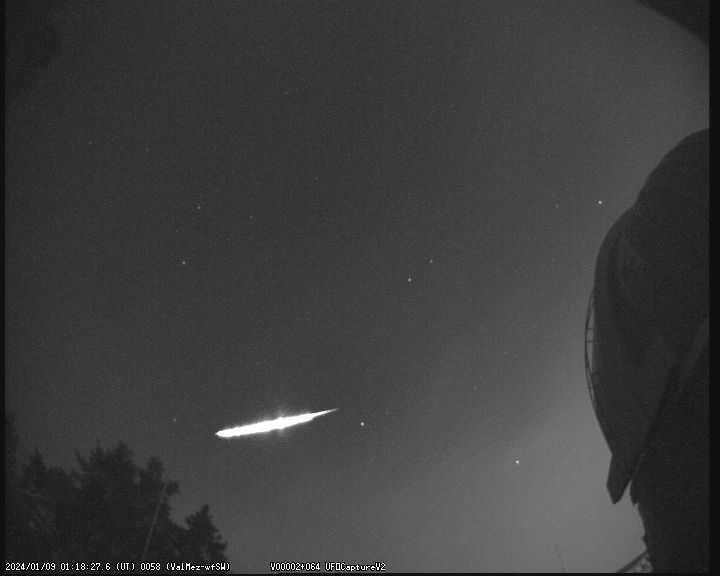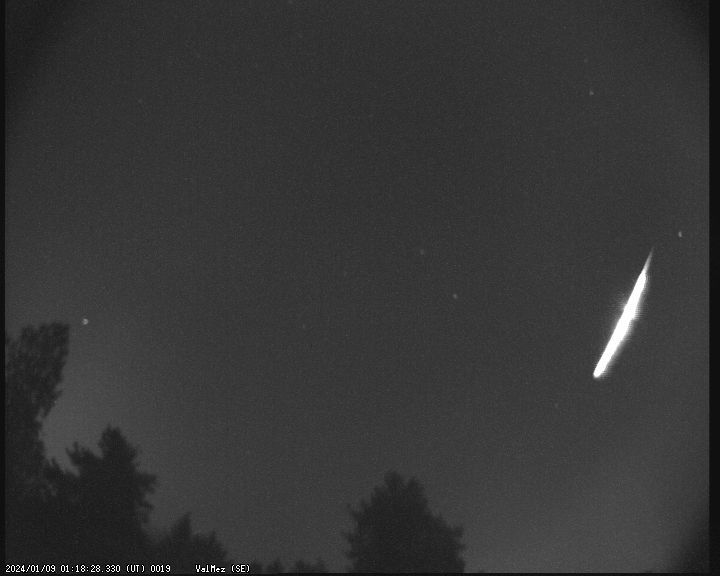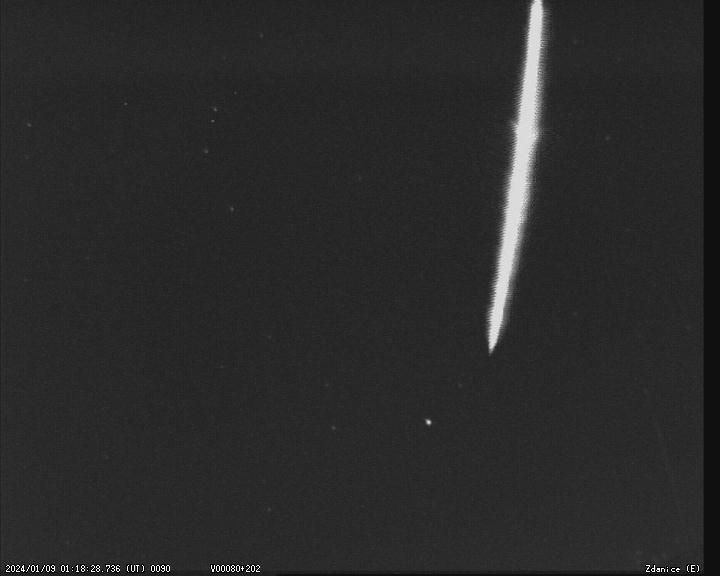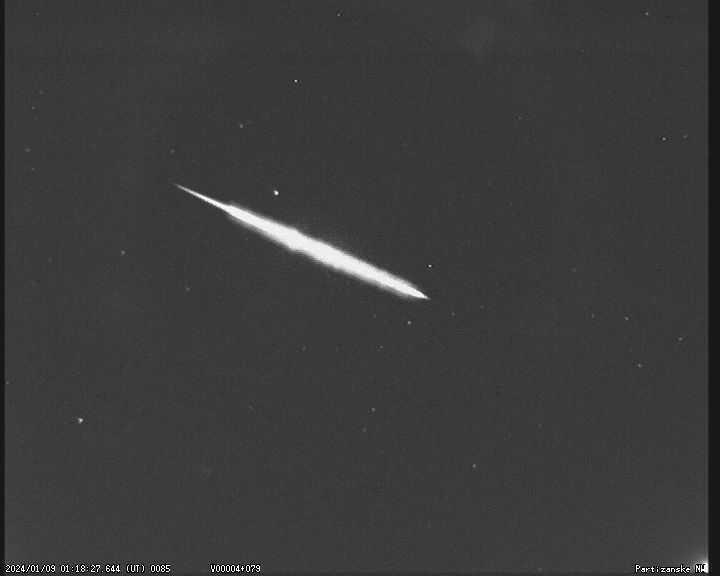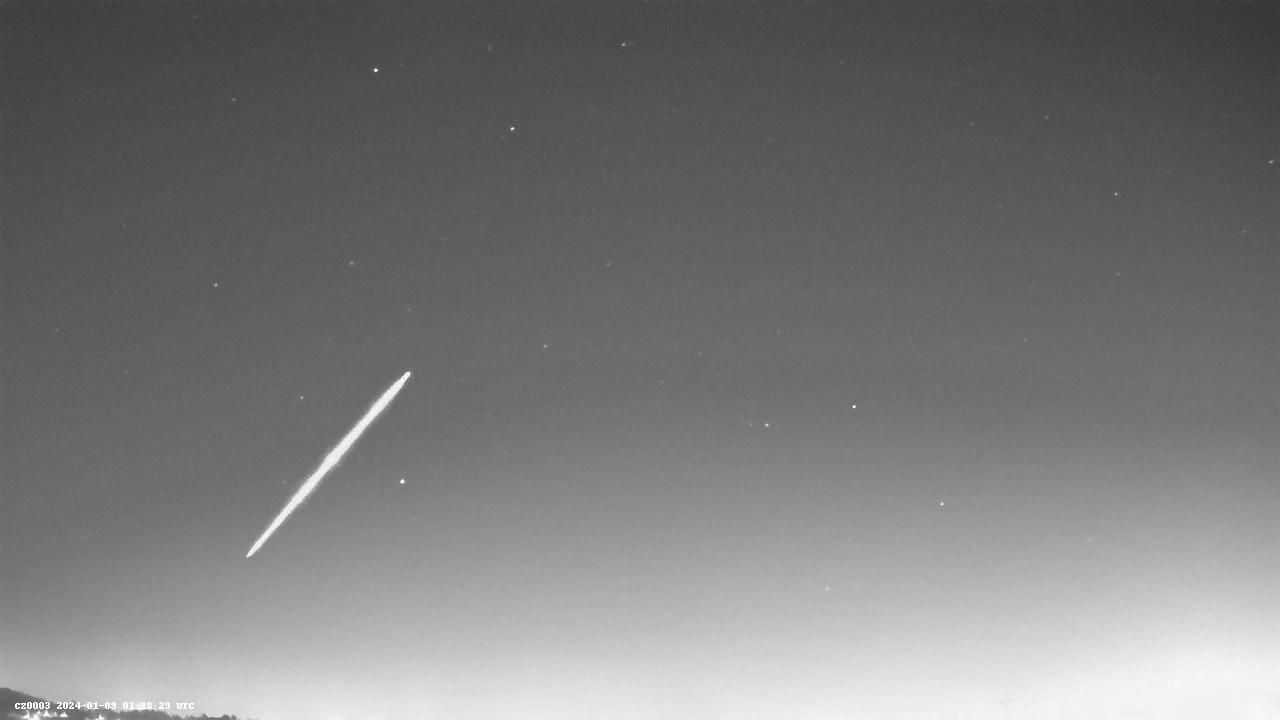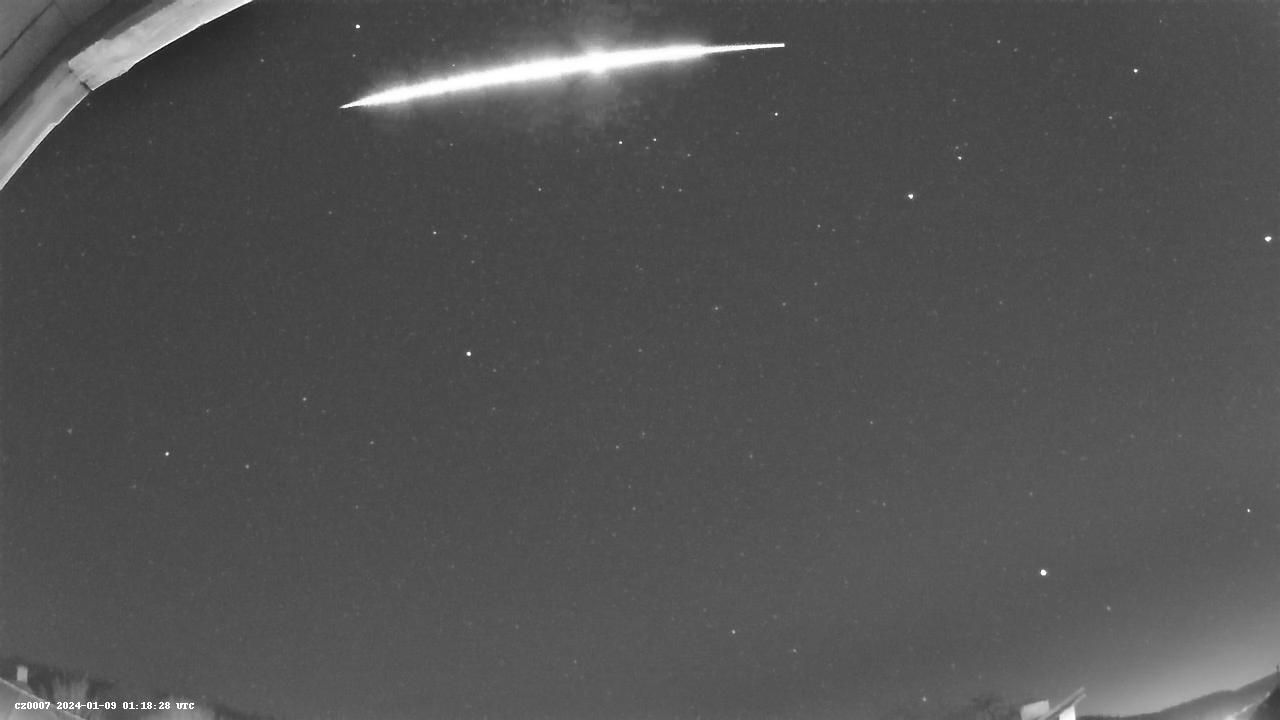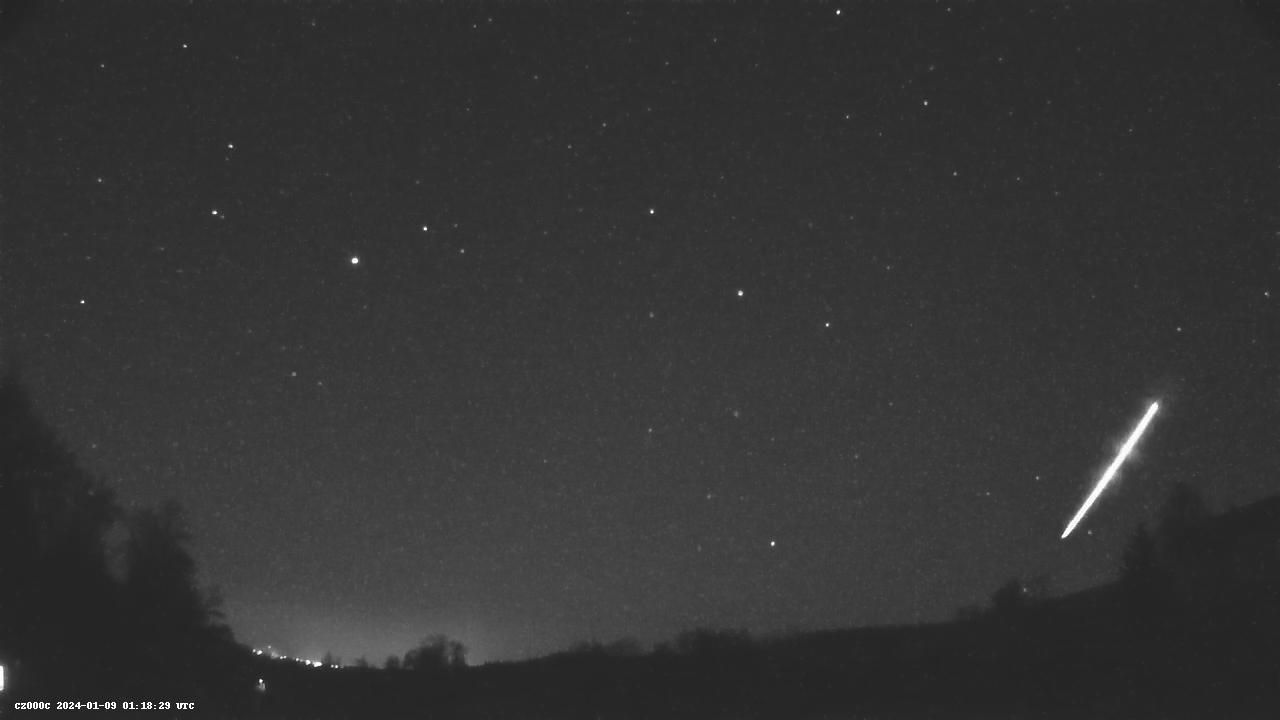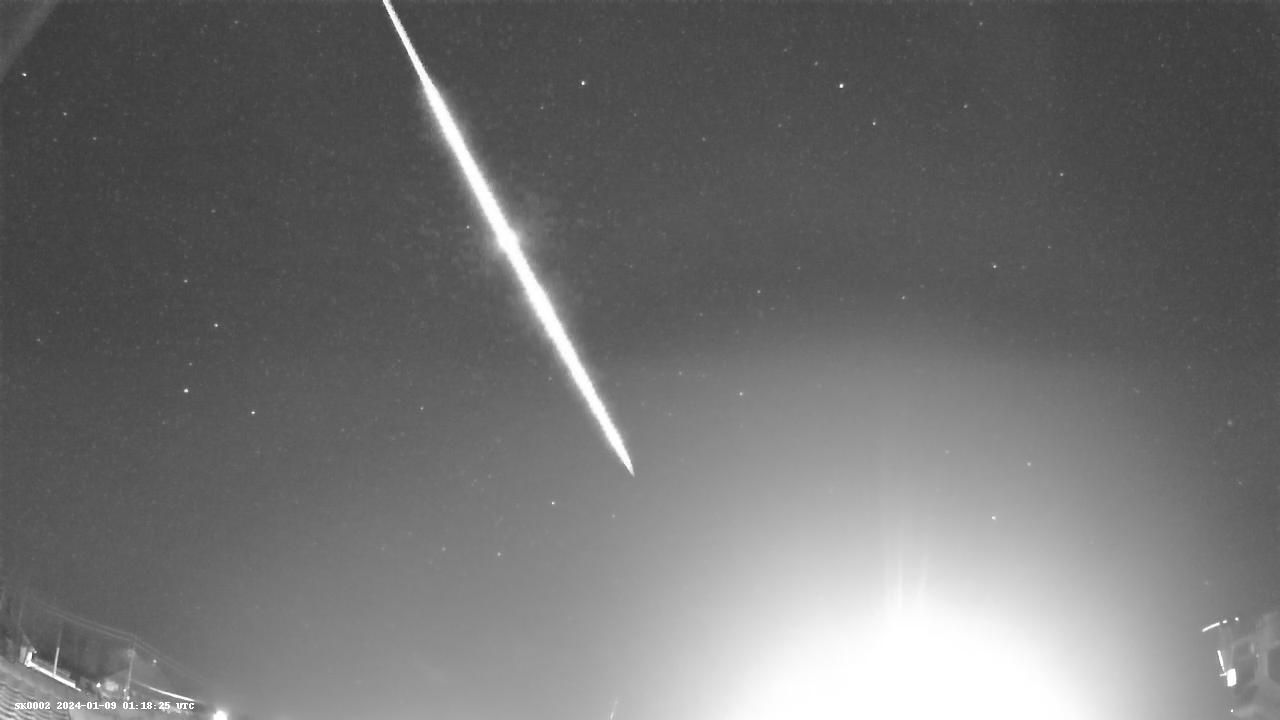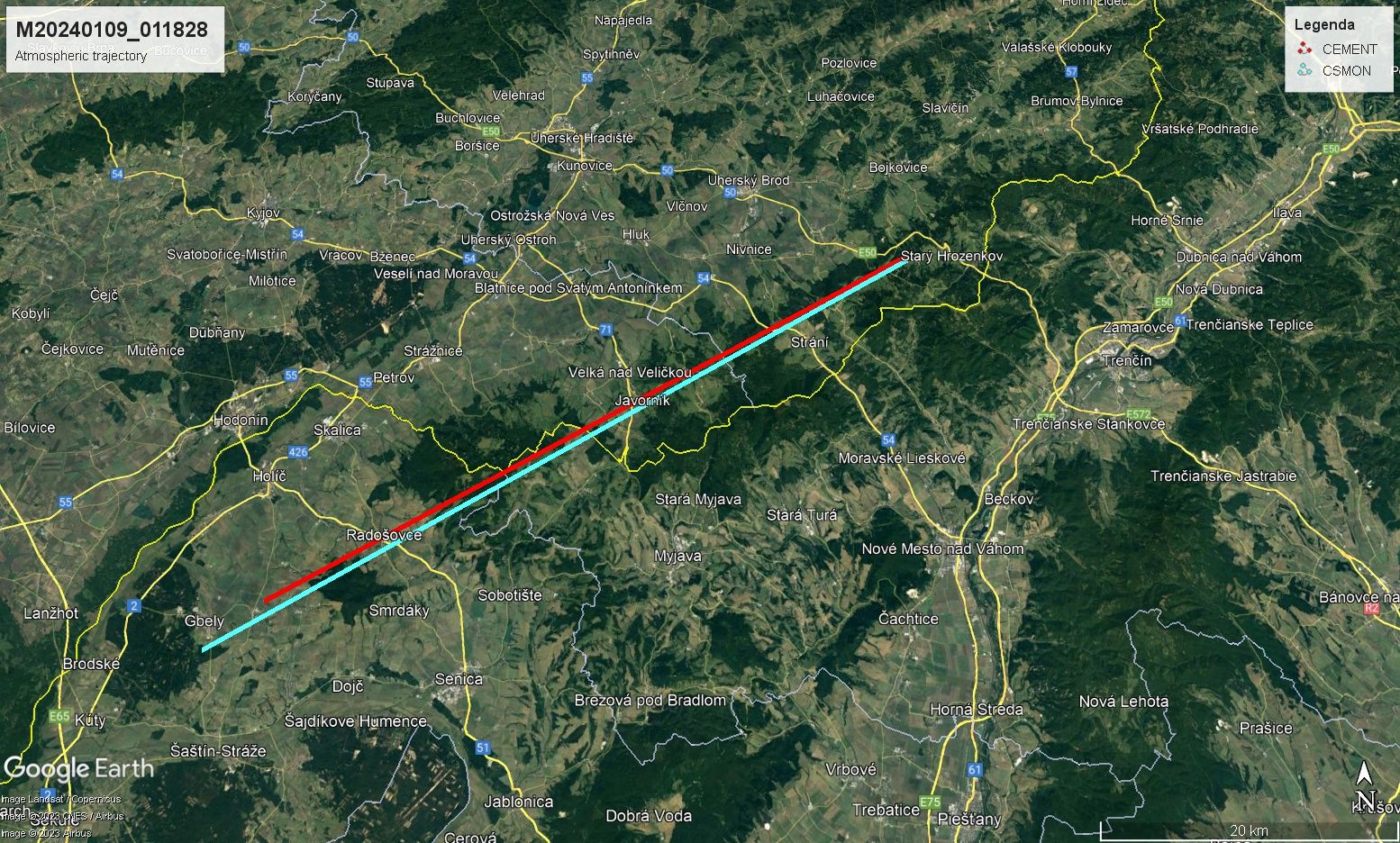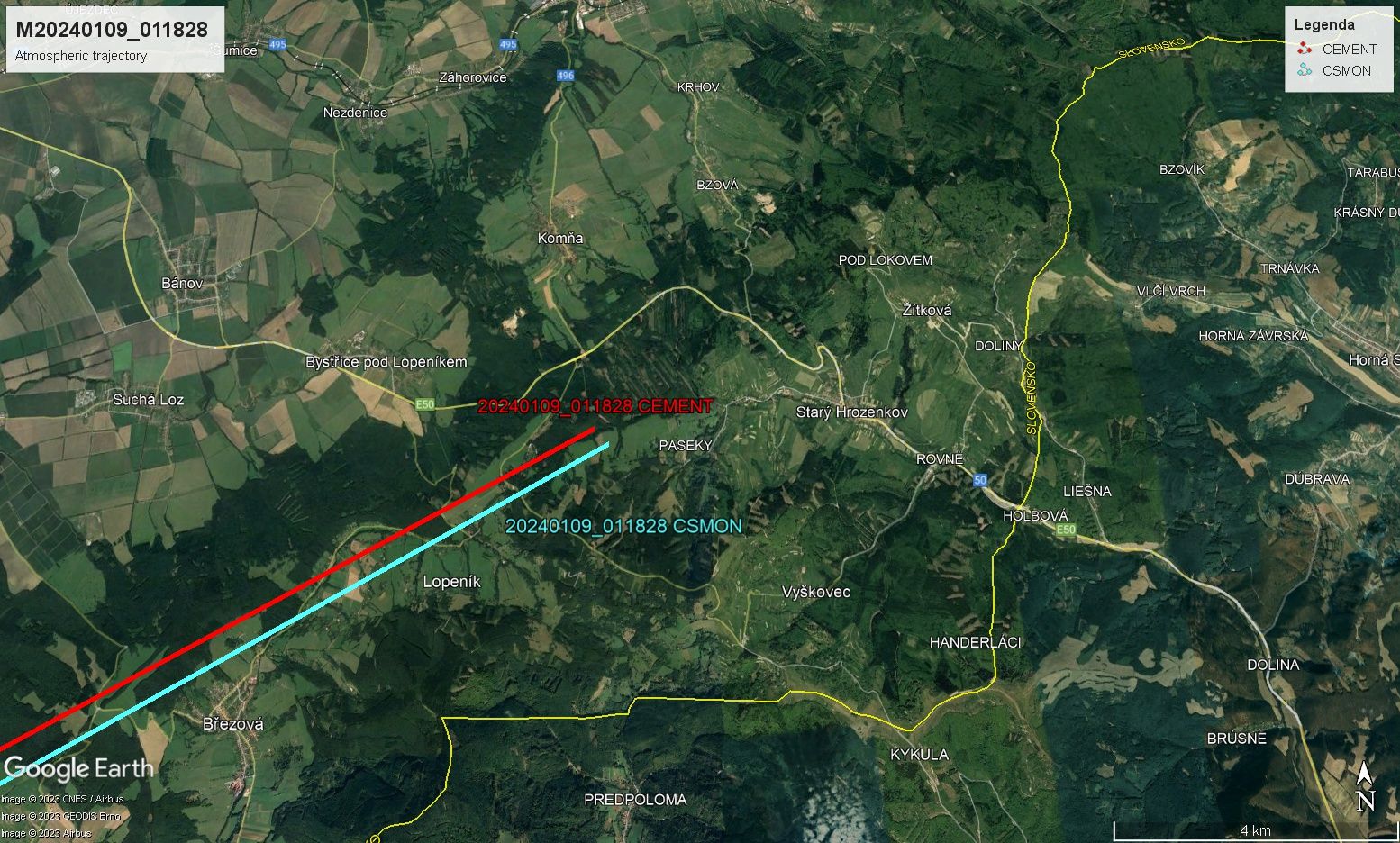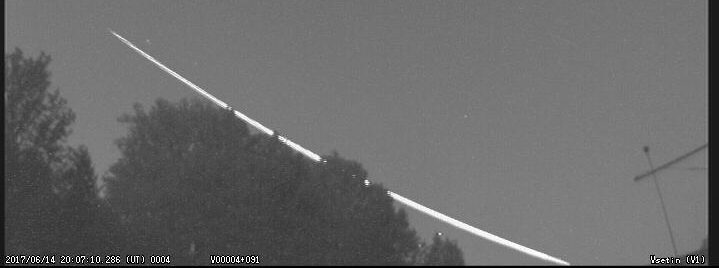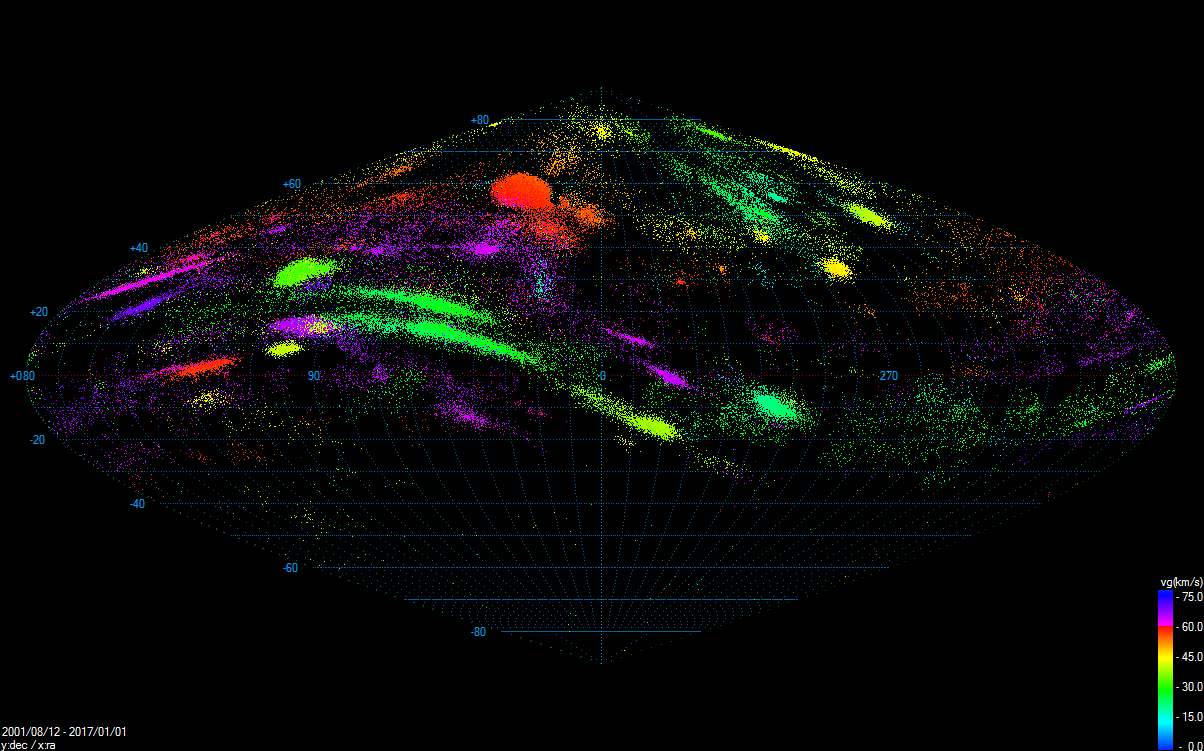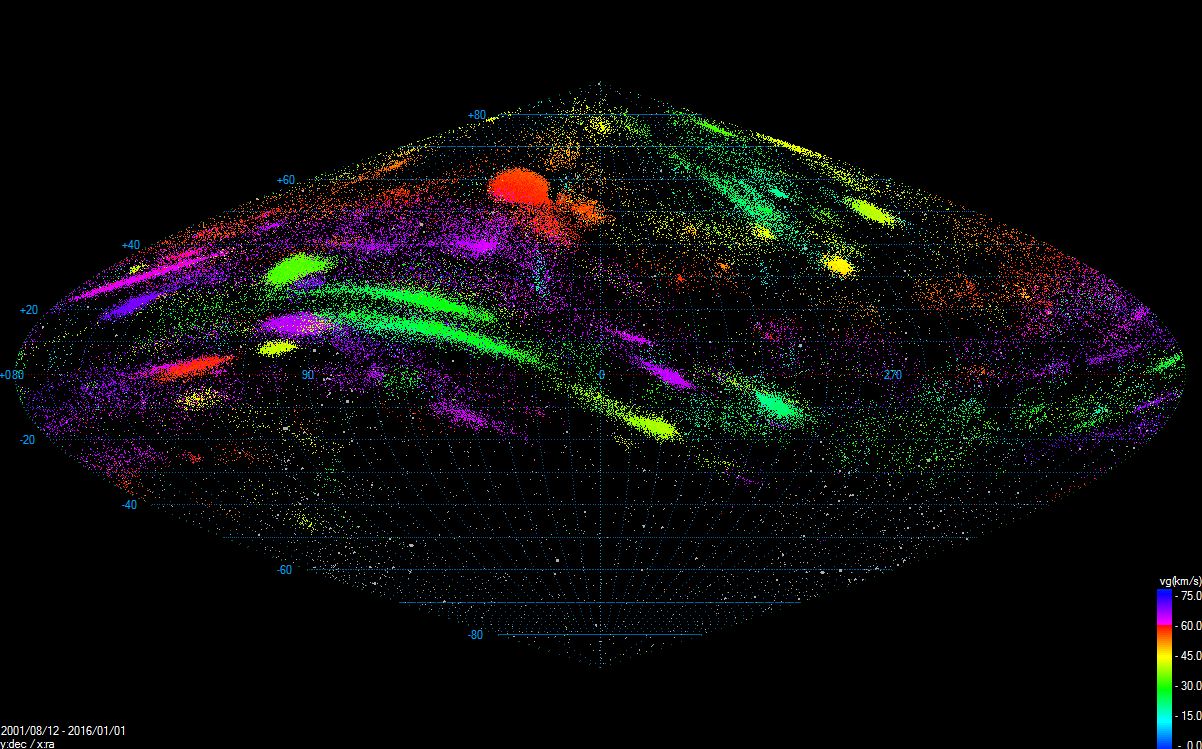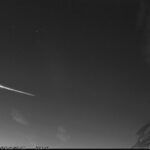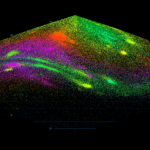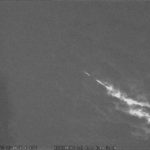Just a few days after three bright bolides, which were recorded on December 27, 2023, by instruments of the European Fireball Network, another bright bolide was recorded over the territory of the former Czechoslovakia. This bolide, which flew over the Moravian-Slovak border after two o’clock in the morning on January 9, 2024, was recorded by stations of the CEMeNt network (Central European MetEor NeTwork) as well as stations of the GMN network (Global Meteor Network), whose national component CSMON (Czech and Slovak Meteor Observation Network) operates within the Czech Republic and Slovakia. The bolide’s flight was recorded by five cameras of the CEMeNt network, one of which was spectroscopic. Recording the spectrum of the bolide from spectrographs at the Valašské Meziříčí Observatory is very important because it provides us with a large amount of information about the chemical composition of the body. In the case of the CSMON network, the bolide’s flight was recorded by eight cameras. From the available data from the cameras of the CEMeNt and CSMON networks, the bolide’s trajectory in the atmosphere and the trajectory of the body in the Solar System were calculated.
Jakub Koukal¹ ² and Libor Lenža¹ ²
¹ Valašské Meziříčí Observatory,
Vsetínská 78, CZ75701 Valašské Meziříčí, Czech Republic
jkoukal@astrovm.cz, libor.lenza@astrovm.cz
² J. Heyrovský Institute of Physical Chemistry, Academy of Sciences of the Czech Republic, Dolejškova 3, CZ18223 Prague 8, Czech Republic
VIDEO OBSERVATION – CEMENT
The bolide 20240109_011828 was recorded by cameras of the CEMeNt network on January 9, 2024, at 1:18:27.6 ± 0.1s UT. Within the CEMeNt network (Central European MetEor NeTwork), the bolide was captured directly by four wide-angle stations (Fig. 1-4). The flight record of the bolide is available from the Valašské Meziříčí SW and SE stations (Czech Republic, Valašské Meziříčí Observatory), Ždánice E station (Czech Republic, Ždánice Observatory), and Partizánske NW station (Slovakia, Partizánske Observatory). In addition to these stations, the spectrum of the bolide’s flight was recorded by the spectrograph Valašské Meziříčí SPSW (Czech Republic, Valašské Meziříčí Observatory), which is crucial for determining the chemical properties of the body, namely the content of chemical elements. Unfortunately, it was negatively affected by weather conditions (quite heavy fog).
VIDEO OBSERVATION – CSMON
The bolide 20240109_011828 was recorded by cameras of the CSMON network on January 9, 2024, at 1:18:27.7 ± 0.1s UT. Within the CSMON network (Czech and Slovak Meteor Observation Network), the bolide was directly captured by eight wide-angle stations, of which data from five of them were used (Fig. 5-8). The flight record of the bolide is available from stations CZ0003 (Czech Republic, Prague), CZ0007 (Czech Republic, Zlín), CZ000C and CZ000D (Czech Republic, Libňatov), and SK0002 (Slovakia, Sládkovičovo).
ATMOSPHERIC TRAJECTORY, RADIANT AND HELIOCENTRIC ORBIT
The bright bolide 20240109_011828 is an ideal case for comparing the compatibility of data obtained by various systems and different processing techniques, as observations were recorded by both the CEMeNt and CSmon network systems.
For the CEMeNt network systems, the atmospheric trajectory and the orbit of the meteoroid in the Solar System were calculated using recordings from the Valašské Meziříčí SW and SE, Ždánice E, and Partizánske NW stations. Recordings from these stations were processed using the UFOCapture program, analyzed in the UFO Analyzer program, and the atmospheric trajectory and heliocentric orbit were calculated using the UFO Orbit program (SonotaCo, 2009). The projection of the beginning of the atmospheric trajectory was located at coordinates N48.7204° E17.1751° near the village of Petrova Ves (SK), with the meteor’s altitude at that moment being 89.6 km above the Earth’s surface. The projection of the end of the atmospheric trajectory was located at coordinates N48.9525° E17.8103° near the village of Paseky (CZ), with the meteor’s altitude at that moment being 37.4 km above the Earth’s surface (Fig. 9,10). The bolide reached an absolute magnitude of -5.4m and traveled a distance of 75.0 km in the Earth’s atmosphere during a flight time of 3.75 s (Tab. 1). Given the initial mass of the body and the final altitude of the atmospheric trajectory, it is highly probable that fragments of the body could not have impacted the Earth’s surface as meteorites. Therefore, the body’s mass was most likely completely vaporized during the ablative phase of the bolide’s flight.
The body entered the Earth’s atmosphere at an angle of 44.42°, with a velocity of 22.41 km/s before entering the atmosphere. The velocity at the end of the observed atmospheric trajectory was 6.13 km/s. Therefore, it was a relatively slow bolide, with a geocentric velocity of the meteoroid being 19.65 km/s (Tab. 1). The body did not belong to any known meteor shower, so it is classified as a sporadic meteor. Before entering the atmosphere, the body moved along an elongated orbit (Fig. 11) with a relatively high eccentricity (0.721), a low inclination to the plane of the ecliptic (5.35°), and a perihelion inside the orbit of Venus (0.6767 AU).
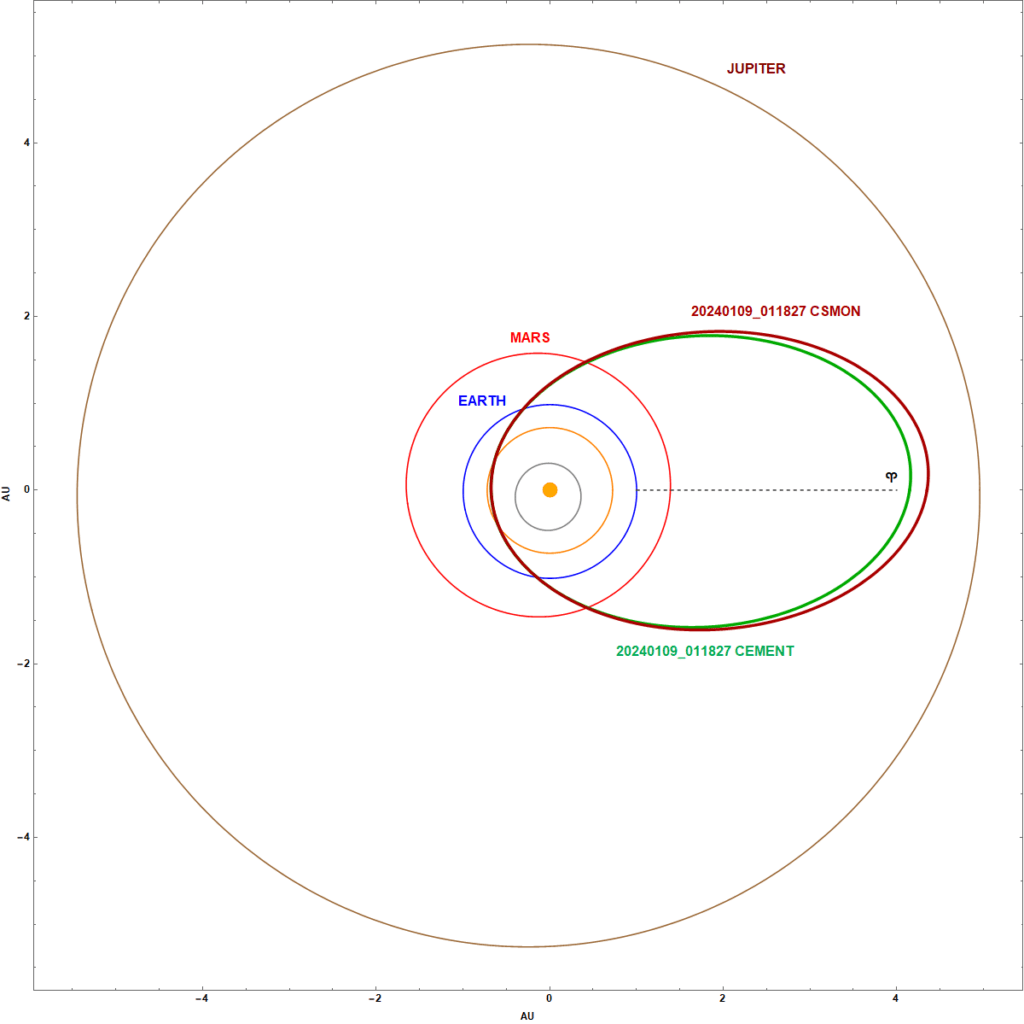
Fig. 11: Projection of the orbit of the bolide 20240109_011827 in the Solar System onto the plane of the ecliptic, including the effect of deceleration. Author: Jakub Koukal
In the case of the CSMON network systems, the calculation of the bolide’s atmospheric trajectory and its orbit in the Solar System utilized recordings from stations CZ0003, CZ0007, CZ000C, CZ000D and SK0002. The complete recording and processing were conducted using the open RMS system (Vida et al., 2020; 2021). The projection of the beginning of the atmospheric trajectory was located at coordinates N48.6986° E17.1225° near the town of Gbely (SK), with the meteor’s altitude at that moment being 94.9 km above the Earth’s surface. The projection of the end of the atmospheric trajectory was located at coordinates N48.9582° E17.8132° near the village of Paseky (CZ), with the meteor’s altitude at that moment being 37.3 km above the Earth’s surface (Fig. 9,10). The body entered the Earth’s atmosphere at an angle of 44.50°, with a velocity of 22.85 km/s before entering the atmosphere. Therefore, it was a relatively slow bolide, with a geocentric velocity of the meteoroid being 19.97 km/s (Tab. 1). The body was classified under the southern December delta Arietid meteor shower (IAU MDC 0288). Before entering the atmosphere, the body moved along an elongated orbit (Fig. 11) with a relatively high eccentricity (0.733), a low inclination to the plane of the ecliptic (5.32°), and a perihelion inside the orbit of Venus (0.6729 AU).
| Element | CEMeNt | CSMON | Element | CEMeNt | CSMON |
| RA (°) | 101.49 ± 0.14 | 101.54 | HB (km) | 89.6 ± 0.1 | 94.9 |
| DEC (°) | 14.06 ± 0.16 | 14.25 | HE (km) | 37.4 ± 0.1 | 37.3 |
| vg (km/s) | 19.65 ± 0.42 | 19.97 | Evbeg (°) | 44.42 ± 0.06 | 44.50 |
| a (AU) | 2.421 ± 0.164 | 2.523 | Azbeg (°) | 240.07 ± 0.06 | 240.12 |
| q (AU) | 0.6767 ± 0.0060 | 0.6729 | Lngbeg (°) | 17.1751 ± 0.0008 | 17.1225 |
| e (-) | 0.721 ± 0.015 | 0.733 | Latbeg (°) | 48.7204 ± 0.0019 | 48.6986 |
| peri (°) | 75.205 ± 0.279 | 75.296 | Lngend (°) | 17.8103 ± 0.0008 | 17.8132 |
| node (°) | 107.9183 | 107.937 | Latend (°) | 48.9525 ± 0.0019 | 48.9582 |
| i (°) | 5.35 ± 0.04 | 5.32 | vi (km/s) | 22.41 ± 0.35 | 22.66 |
| Tab. 1: Comparison of parameters of the atmospheric trajectory, heliocentric, and geocentric orbital elements of the bolide 20240109_011828, including the influence of deceleration on the bolide’s trajectory. Author: Jakub Koukal, Milan Kalina | |||||
The comparison of all orbital elements (heliocentric and geocentric) of the bolide’s orbit, as well as the parameters of the atmospheric trajectory, shows that the data provided by the CEMeNt and CSMON network systems are compatible with each other and can be combined despite different recording systems and processing methods. The mutual deviations of the elements mostly fall within the measurement error range. The lower initial altitude of the bolide’s atmospheric trajectory in the case of the CEMeNt network systems is caused by the lower sensitivity of the analog cameras used within this network.
PHYSICAL PROPERTIES
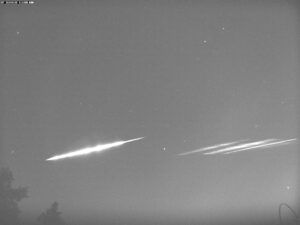
Fig. 12: Summary spectrum image of the bolide 20240109_011828 from the VM SPSW spectrograph. Author: Jakub Koukal
In the case of the bolide 20240109_011828, the estimation of the initial mass of the body and its other physical properties can be based on the heliocentric orbit elements, the atmospheric trajectory and also the chemical properties (elemental analysis) obtained from the analysis of the spectrum of the bolide from the Valašské Meziříčí SPSW spectrograph (Fig. 12).
For the initial determination of the parameters of the heliocentric orbit of the meteoroid, the Tisserand parameter with respect to Jupiter was calculated. Depending on the value of the Tisserand parameter, the inclination of the orbit, and the distance of the aphelion, the bodies can be divided into 4 groups. The bolide 20240109_011828 has a Tisserand parameter value of TPJ = 3.091.
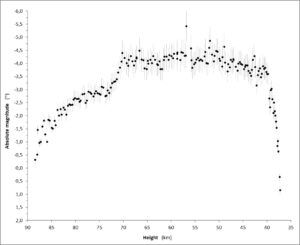
Fig. 13: Light curve (absolute brightness) progression from the Partizánske NW station. Author: Jakub Koukal
According to this classification, the bolide belongs to the AST group, i.e., to the group of meteoroids with an asteroidal origin. However, according to the parameter KB (7.555), which is a function of material properties and surface temperature (Ceplecha, 1968; Ceplecha and McCrosky, 1976; Ceplecha 1988), it belongs to the group of carbonaceous chondrites. According to the parameter PE (-4.076), the bolide belongs to the group of ordinary chondrites. Using parameters that characterize the shape, velocity, and other properties of the body (Tab. 1), it was possible to calculate the initial mass of the body. Parallel to the calculation of the dynamic entry mass md, the calculation of the photometric entry mass mf was performed. The initial dynamic mass of the meteoroid before entering the Earth’s atmosphere was 0.92 kg (md), so it is unlikely that fragments of the original body could be found as meteorites on the Earth’s surface. The calculation of the fragmentation strength of the meteoroid is based on the equality of dynamic pressure and the strength of the body as a whole at the moment of meteoroid breakup. The parameters of the atmosphere model at the given breakup altitude are calculated according to the NRLMSISE-00 model (Picone et al., 2002). The moment of breakup (fragmentation) of the body was determined from the course of the absolute brightness values of the bolide from the Partizánske NW station (Fig. 13). The fragmentation strength of the main part of the body is 0.165 MPa (Popova et al., 2011), which places the body more in the group of ordinary chondrites (OC). The determined mineralogical density (Benyukh, 1974) of the body (2.72 g/cm3) also suggests that the bolide 20190109_011828 was a body belonging to ordinary chondrites originating from the outer part of the main asteroid belt between Mars and Jupiter.
ACKNOWLEDGMENT
Thanks go to the coordinator of the CSMON network, Milan Kalina, for providing the data, as well as to all operators and owners of stations in the CEMeNt and CSMON networks. Thanks also go to all involved institutions for supporting the activities and growth of the network. The RPOS project (Cross-Border Observational Network Development) was co-financed from the Small Projects Fund of the Interreg V-A Program Slovakia – Czech Republic 2014 – 2020, call code 5/FMP/11b, reg. no. CZ/FMP/11b/05/058. The KOSOAP (Cooperating Network in the Field of Astronomical Observation Programs) and RPKS (Development of Cross-Border Cooperating Network for Professional Work and Education) projects were implemented by the Valašské Meziříčí Observatory (Czech Republic) and the Kysucké Nové Mesto Observatory (Slovakia) in cooperation with SMPH (Society for Interplanetary Matter). The projects were co-financed from the Micro-Projects Fund of the Operational Program for Cross-Border Cooperation Slovakia – Czech Republic 2007-2013. The purchase and operation of high-resolution spectroscopic cameras are partially funded by the Program for Regional Cooperation of the Czech Academy of Sciences, reg. no. R200402101 and grant APVV-0517-12 (FMFI UK). The purchase of instrument equipment located at the Valašské Meziříčí Observatory, p.o., was also supported by DEZA, a.s. and CS CABOT, spol. s r.o.
REFERENCES
Benyukh V. V. (1974). Mineralogical Density of Meteoroids in Several Streams. Solar System Research, 8, p. 82.
Ceplecha Z. (1968). Discrete levels of meteor beginning height (No. NASA-CR-96295).
Ceplecha Z. and McCrosky R. E. (1976). Fireball end heights: A diagnostic for the structure of meteoric material. Journal of Geophysical Research, 81(35), p. 6257-6275.
Ceplecha Z. (1988). Earth’s influx of different populations of sporadic meteoroids from photographic and television data. Astronomical Institutes of Czechoslovakia, Bulletin (ISSN 0004-6248), July 1988, 39, p. 221-236.
Picone J. M., Hedin A. E., Drob D. P. and Aikin A. C. (2002). NRLMSISE‐00 empirical model of the atmosphere: Statistical comparisons and scientific issues. Journal of Geophysical Research: Space Physics, 107(A12), SIA-15.
Popova O., Borovička J., Hartmann W. K., Spurný P., Gnos E., Nemtchinov I. and Trigo‐Rodríguez J. M. (2011). Very low strengths of interplanetary meteoroids and small asteroids. Meteoritics & Planetary Science, 46(10), p. 1525-1550.
SonotaCo (2009). A meteor shower catalog based on video observations in 2007-2008. WGN, Journal of the International Meteor Organization 37:2, 2009, p. 55-62.
Vida D., Gural P.S., Brown P.G., Campbell-Brown M. and Wiegert P. (2020). Estimating trajectories of meteors: an observational Monte Carlo approach – I. Theory. Monthly Notices of the Royal Astronomical Society, 491(2), pp. 2688-2705.
Vida D., Segon D., Gural P.S., Brown P.G., McIntyre M.J., Dijkema T.J., Pavletic L., Kukic P., Mazur M.J., Eschman P. and Roggemans P. (2021). The Global Meteor Network – Methodology and first results. Monthly Notices of the Royal Astronomical Society, 506(4), pp. 5046-5074.

